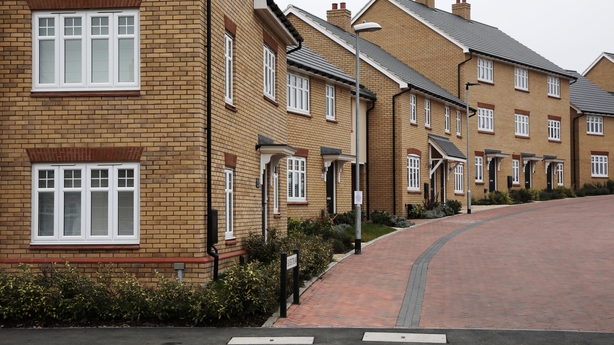British inflation slowed as expected in July to its lowest annual rate since February 2022, although there were more signs of pressure in core and services prices that the Bank of England is watching closely, data showed today.
The Office for National Statistics (ONS) said annual consumer price inflation cooled to 6.8% from June's 7.9%.
The figure was as the Bank of England and a Reuters poll of economists had predicted.
It moved further away from October's 41-year high of 11.1% but still remains far above the central bank's 2% target.
Sterling rose slightly against the US dollar on the back of the figures, which reinforced bets that the Bank of England will press on with its campaign of interest rate hikes.
The ONS said falling gas and electricity prices were the biggest driver behind the drop in inflation, while food price inflation also eased.
Despite the drop in the headline figure, Britain retains one of the highest rates of price growth in Western Europe, with only Iceland and Austria suffering higher inflation.
"With wage growth and services inflation both stronger than the Bank had expected, it seems clear that the Bank has more work to do," said Ruth Gregory, economist at consultancy Capital Economics.
The Bank of England is watching core inflation - which strips out volatile food and energy prices - and consumer services prices closely.
Core inflation remained at 6.9% in July, flat versus the June reading, and higher than expectations in the Reuters poll for a reading of 6.8%.
Services inflation picked up to 7.4% from 7.2% in June.
Financial markets today showed a roughly two-thirds chance that the Bank of England's Bank Rate will hit 6% in February, up from 5.25% now.
"While price rises are slowing, we're not at the finish line. We must stick to our plan to halve inflation this year and get it back to the 2% target as soon as possible," finance minister Jeremy Hunt said in response to the figures.
The data are likely to herald an imminent return to wage growth in real terms, which has been negative since April last year, adjusted for CPI.
There were signs of a weakening of inflation pressure ahead from the manufacturing sector as factory gate prices fell by 0.8% in the 12 months to July, the weakest reading since October 2020. Manufacturers' input prices fell by 3.3%, the biggest fall since May 2020.

Meanwhile, British house prices increased by 1.7% in the 12 months to June, the ONS also said today, the smallest rise since July 2020.
House prices in London fell by 0.6%, the ONS said.
Britain's housing market, which boomed during the coronavirus pandemic, has come under strain from higher mortgage rates after last year's surge in inflation.
The ONS said its measure of private rents rose by 5.3% in the 12 months to July, the biggest increase since data collection began in 2016.

